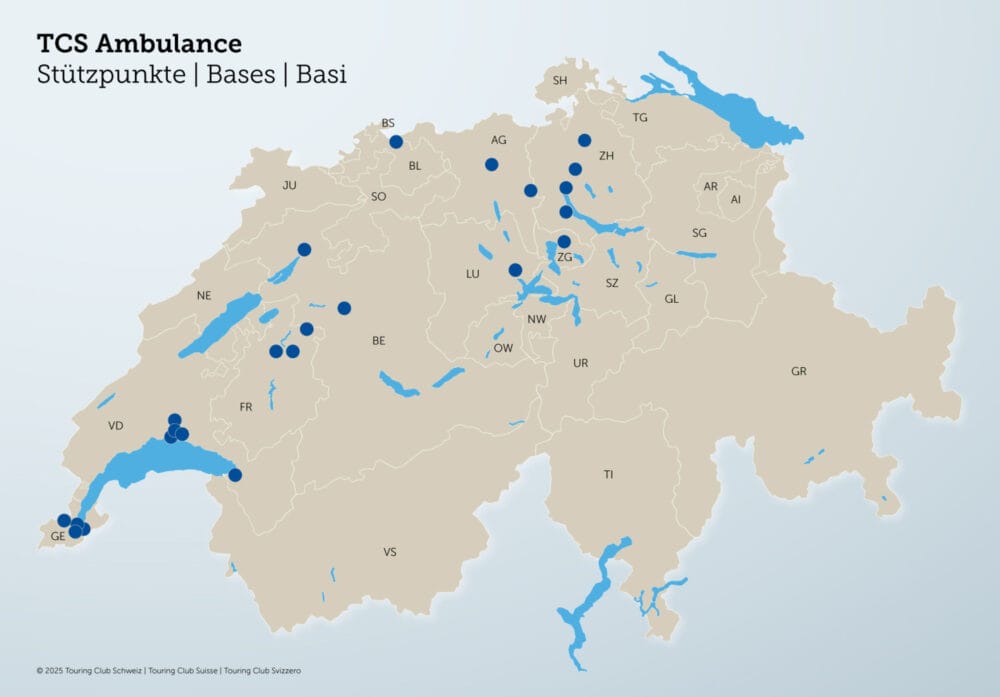"Work takes place everywhere"
What are the megatrends in the workplace of the future? Domenic Meier, Marketing & Sales Director of Haworth Schweiz AG, answers our questions.

As a manufacturer of office systems, how do you see the megatrends?
Domenic Meier: By megatrends, we mean the most important factors influencing the workplace, namely globalization, urbanization, demographic change, virtualization and mobility. In 2021, 50 million Europeans will retire, but only 20 million employees will enter the labor market, which means that the need for qualified and creative employees in Europe will increase dramatically in the coming years. Similarly, there is another type of employee profile: the knowledge worker, the trend towards communication-oriented knowledge work continues to intensify.
What do you think the next generations will need from the workplace?
For the first time, four generations are working together around the globe. The so-called Generation Y (aged 15-29) is entering the workforce: According to studies, at 1.7 billion, they represent 25% of the entire population. Generation Y's demands on their workplace are flexible and communication-oriented. 79% want to work on the move, 44% expect a traditional working model, while 56% of Generation Y would prefer a flexible way of working. 32% want access to a 'think tank', 41% prefer access to a team workspace, and 25% prefer access to a formal meeting room.
What about the companies and the tasks of the employees?
Departmental and company boundaries are increasingly disappearing - work takes place everywhere. What is particularly interesting here is that 47.7 % of employees in companies with more than 200 employees work predominantly in projects. Project work places new demands on the design. Here, the working environment is event-driven, varied and less uniform and repetitive.
What about mobility? People are increasingly flexible and mobile in their work today.
"Anytime, anywhere" is the motto. The increase in global connection flexibility is accelerating - with all the opportunities and challenges that entails. Work will be less and less tied to time and place, with technology making work more mobile in many cases. An estimated 70% of employees read their emails on their smartphones outside of working hours. These working styles are very different and therefore need to be understood and taken into account.
How do the individual corporate cultures play a role?
We believe that working life can increasingly be seen as a combination of processes and experiences, i.e. what we do and what we feel. Work is a reflection of the cultures of individuals and companies. Thus, different employees and company typologies require a culturally specific workspace design.
How can the "innovation" work culture be implemented in the workplace?
The creative work culture "innovation" should and can have an impact on the working environment. A few important points should be taken into account:
- Walkways: organic shape
- Areas for collaboration: integrated everywhere
- Integrated management areas
- Equality: not available
- Working environments: varied, versatile
- Closed demarcation: can be designed differently to support the needs of users
- Collaborative thinking / representation: very high
- Storage space philosophy: different approach
- Group identity: very important
- Surroundings: from hub and center to quiet
- Color scheme: plain or colorful
What do you see as the balance between activity and rest?
Yes, the new workspace should also include places of retreat, especially for the concentrated creation of new ideas and disciplined work. Acoustically and visually shielded areas must allow focused work. The more intensive the work, the more important relaxing and regenerating retreats become.
Innovation culture in the room
The aim of office furniture manufacturer Haworth is to continuously develop knowledge on the subject of "Working in the future". For example, the book "Life of Work" by Jeremy Myerson was launched. It is based on a wide-ranging research project by the Helen Hamlyn Centre for Design at the Royal College of Art. By examining analog environments, this book paints a completely new picture of the workplace, taking into account not only the physical structures associated with work processes, but also the psychological experiences of the people within these spaces.
Organization
- Keep the ratio of individual workstations to communal areas as low as possible
- Communal areas should be close to the workplaces
- Medium to low occupancy density, but can vary from area to area in the same room
- Greater room height
- Lively surroundings can be accepted as background noise if moderate
- Wide range of visualization surfaces supports innovation
- Additional services in the building are important and support creativity and innovation
Common areas
- Informal design (e.g. low sofa elements and comfortable seating); small units
- Low, flexible shielding
- Adjustability of the working height
Personal workstations
- Acceptance of disruption/availability
- Proximity to colleagues is important
- Opportunities to personalize the work environment with inspiring objects
- Varied design
- Pay more attention to equipment details









